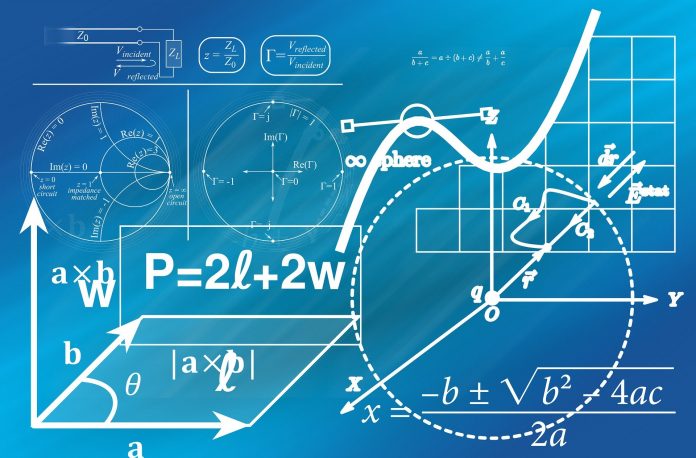As the world increasingly shifts towards a digital realm, data has turned out to be the real game changer. With heavy data influx, it has become crucial to extract relevant and useful information from the data overload. A number of companies rely on the refined data to gain tactical knowledge and gain an advantage over their competitors. This requirement gives way to Data Science. Data science makes use of scientific principles and algorithms to extract meaningful information from structured and unstructured data.
The latest trends indicate that Python is the upcoming programming language that is going to redefine Data Science. Interestingly, the use of Python for Data Science has increased by nearly 51%, which indicates that now is a good time as any to enroll in data science with Python foundation course.
A number of features have contributed to the success enjoyed by Python, some of these are:
Gentle Learning Curve
Whether you are an expert or a novice, Python will suit you well. Even beginner level data science with Python training is enough to leave you equipped with skills of basic concepts. Beyond the foundation, it is just a matter of practice, exploration, and skill development.
The ease of learning the language is one of the most attractive features offered by Python. Unlike other complex programming languages with a steep learning curve, Python makes use of easy to comprehend syntax and codes.
Highly Scalable and Portable
Python offers high scalability that not only makes it easy to implement the code but also do it efficiently. It offers a greater degree of flexibility to solve any issues that may crop up. Furthermore, Python is compatible with different environments that have diverse requirements. Thus, it is a lot easier to develop an application over Python.
Another remarkable aspect of Python is portability. Developers can execute prototypes over Python while testing out the programs. Once it is deemed fit to be made into an application, you can easily switch the programming language to a more sophisticated platform such as C or Java.
Extensive Data Science-centric Libraries
Programming language libraries serve two main purposes:
- They act as a blueprint or a guide for experts and beginners, thereby, saving their time
- They offer routines and functions that can be directly imported in more complex codes
The libraries available in Python are vast and varied. A number of them are created with the purpose of offering help for carrying out data analysis.
Following are some of the most common libraries available in Python:
- Pandas
- NumPy
- Scikit-Learn
- StatsModels
- SciPy
- Statsmodels
- PyBrain
These libraries keep expanding periodically and are regularly updated.
Community Support
The Python community is quite active in contributing to the libraries, resolving doubts over forums, and just, in general, helping everyone connected to the Python network. Since Python has started to gain significance in the sphere of Data Science, a number of volunteers are actively participating to create and maintain libraries.
Additionally, information related to Python is readily available through various channels. Any individual who is seeking solutions to coding issues can find what they seek in just a click. Mentors are readily available to extend their help to anybody facing any kind of issue.
Regardless of your timezone or geographical location, you will always find support while using Python. Interestingly, certain community members conduct regular meetups over online and offline channels.
Visual Aids
The availability of visual aids in Python is yet another reason why it enjoys such popularity among data scientists. A number of tools and libraries are available to convey information through a visual medium. Matplotlib is, by far, the most widely used Python library. A few other notable libraries include Pandas, Seaborn, and ggplot. With these handy visual tools, you can easily transform bland data into interactive media in the form of graphs, charts, and plots.
Final Thoughts
Despite receiving stiff competition from R, Python has slowly and steadily established a large base of users. The primary reason for this is the fact that Python is more algorithm-driven rather than being syntax-driven. Additionally, the seamless integration of Python with other programming level languages is quite impressive. Thus, even if you do not write your entire code in the Python environment, you can write code snippets and include it in the main code.
Needless to say, a number of enterprises are inching towards Python for most of their needs.

